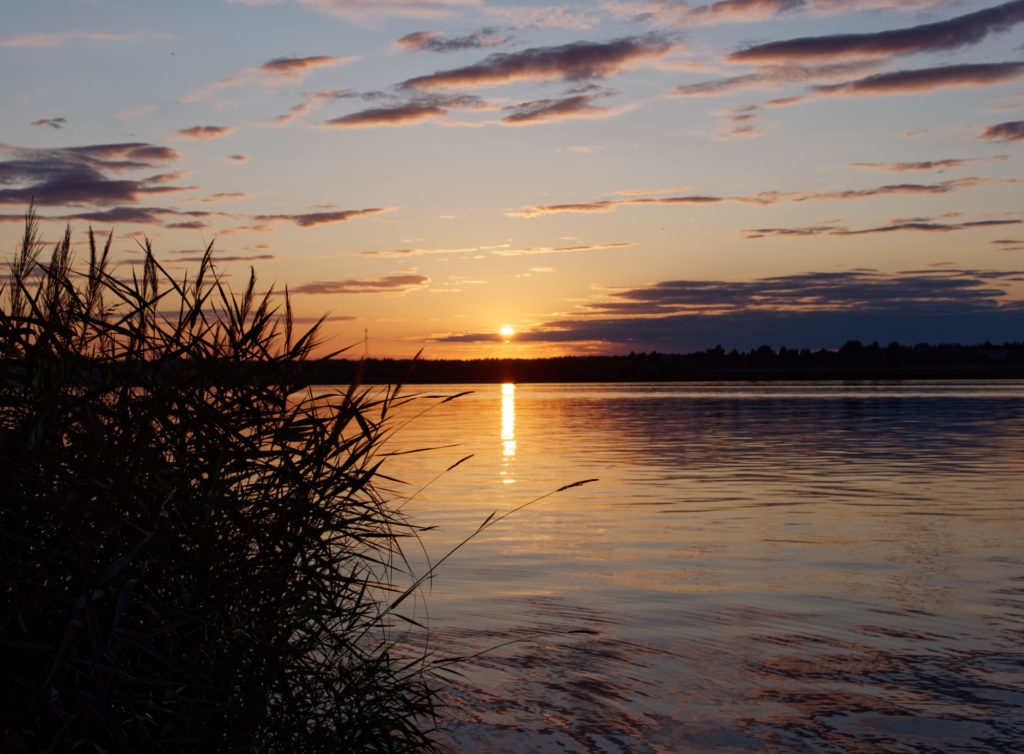Better than any research conference
Daniil Rudenko is a wonderful friend from the times I was studying mathematics in Russia. He studied at the mathematical faculty of St Petersburg University and is now an Assistant Professor at the University of Chicago. This year, Daniil presents a course on the forgotten Coxeter theorem. This theorem generalizes Gauss theorem on connection between right triangles and configurations of points on the projective line, to higher dimensions.

How wonderful it is here! Daniil cries out when we meet after his class. One shouldn’t miss any day of Contemporary Mathematics at all! And come here for aaaall the time, from the beginning to the end. I have learned much more mathematics here than on any research conference! I am so excited about mathematics — and I haven’t yet told you about the poetry evening!…”

Poetry evening
Gaiane Panina, one of the members of the scientific committee of the school, is also very happy that Daniil came this year.
When we were collegially deciding about which courses to accept this year for the school, some of the colleagues forgot who Danya Rudenko was, says Gaiane — with the accent on who — since he has been in United States for quite a while… I cried out: ‘you should accept his course immediately!’ I wanted to remind them who he is, how wonderful he is, and also to ask him to supervise the poetry evening. Danya was very worried at the evening of poetry, and was sweating through it. But he was amazing, and it passed wonderfully! Children were wonderful too, they would read wonderfully, and nobody would push them to read, and the poetry didn’t stop for a long time. We plan to make another poetry evening very soon!

Apart from mathematical lectures, Contemporary Mathematics is rich with cultural and sport activities. All possible types of sports are practiced here, from street ball to table tennis, passing by volleyball, football, badminton and chess. Groups of students and professors take swim raids of the Dubna river between classes, and a “herd of mathematicians” runs a ten kilometer run every morning, till the center of Dubna city and back to Ratmino. Two poetry evenings are traditionally organized where senior mathematicians and students recite their favorite poems till midnight — with classical (Pushkin is our all!, as Russians say) to modern poetry. Mathematics is not separated from culture, sport nor nature at the school.
We have spent all evening with Danya, making circles around the territory of the pension, near the river and in the fields, discussing how (if it is possible at all…) to express thrilling mathematical ideas through art.
Knowing the existence of a 24-cell is a truly existential experience, we have to invent how to express it as such to everybody!”, Danya declaims loudly, abruptly walking along a small path in a rye field.

Coming back
Each year, around one hundred students participates in the Dubna school, and they keep coming back till they grow up so that they can’t come back anymore as students. The only way to get back here is then to come as an organizer or to propose a course, even if maybe a dozen years later… It is the first time Daniil Rudenko gives his course in Dubna after he came here as a student. When I think where we have met with Danya the first time, I understand that it was in Dubna in 2006, fifteen years ago, when we were both students here! We’ve both came back here as teachers, for Dubna’s mathematics and its atmosphere, flying here from France and United States. We are still attracted to Dubna spirit. There must be some magic in this place!

Dubna magic
This magic is, first of all, a shared love to mathematics. Nor age nor academic career advancement define anything here — mathematical snobbism is a rare bird. A usual picture in Dubna, and maybe the one that illustrates best what it’s about: a student and a professor sit together on a bench and discuss mathematics till the sun goes down.
From the students survey at the end of Contemporary mathematics school:
Question: Do you plan to come back next year?
Student’s answer: In which role?… 😉
